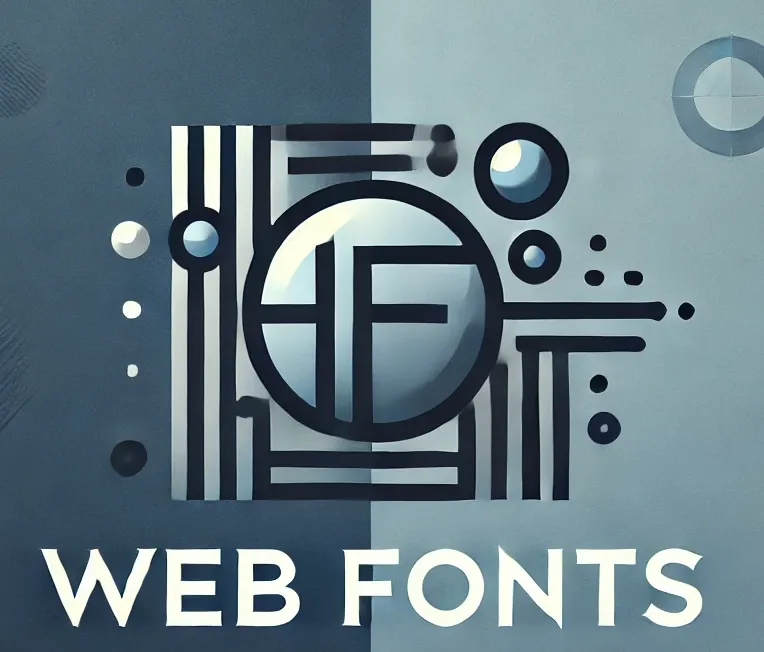Training Tesseract for Low-Resource Languages
by
August 20th, 2025
Audio Presented by

Exploring the intersection of typography, usability, and cultural relevance in web design.
Story's Credibility

About Author
Exploring the intersection of typography, usability, and cultural relevance in web design.